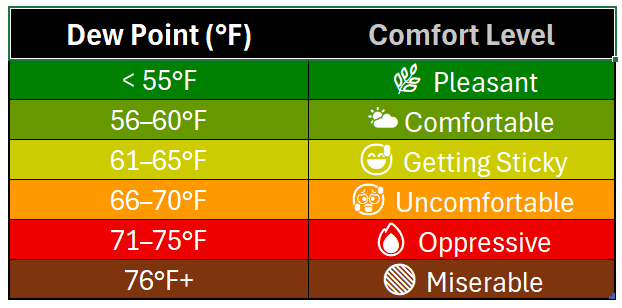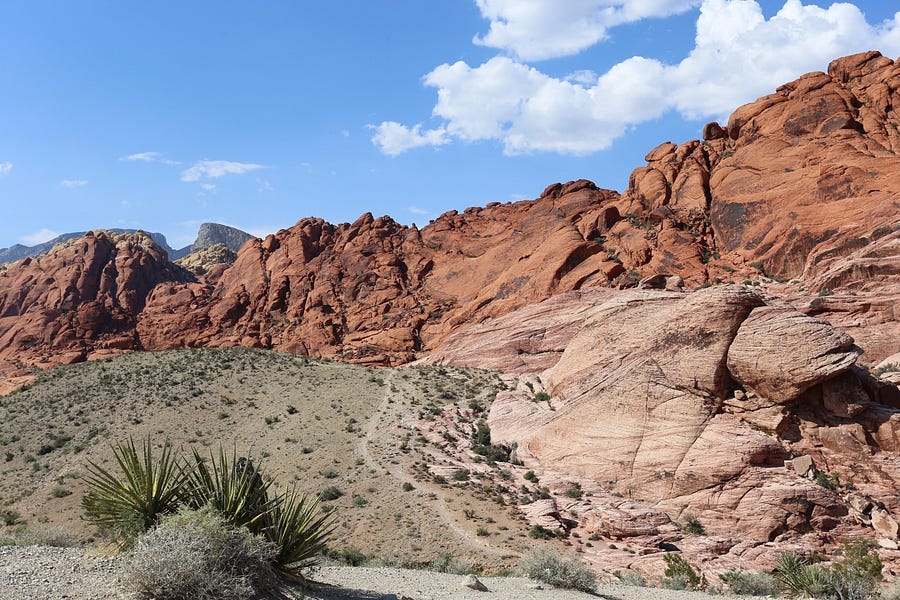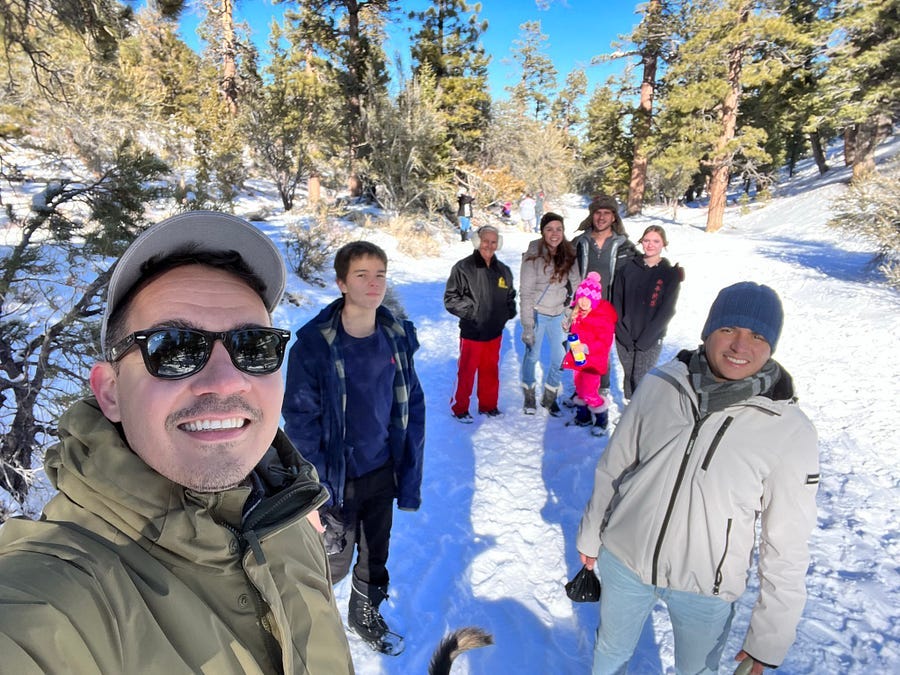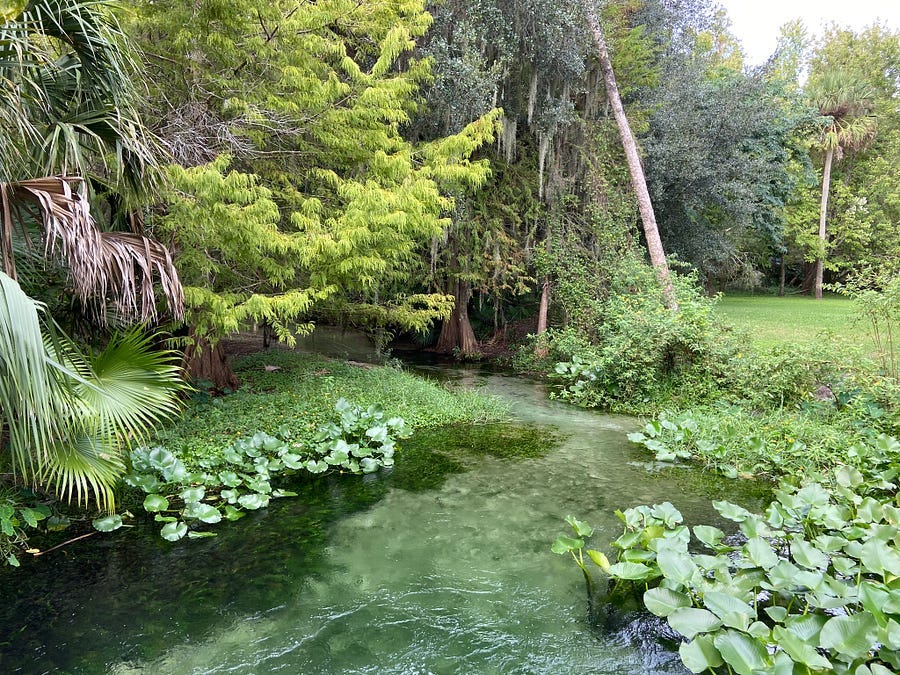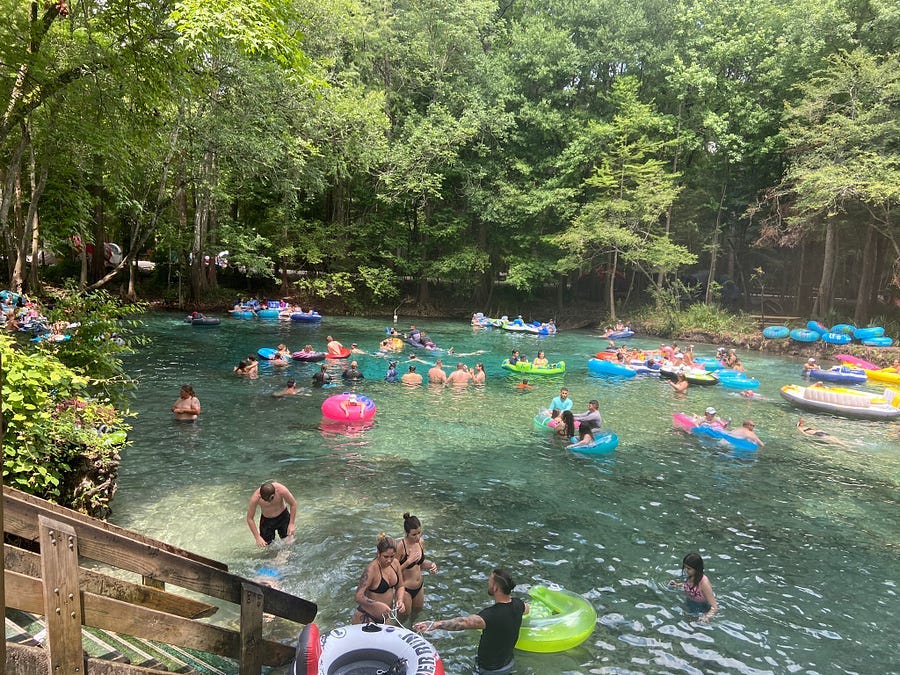Las Vegas vs Orlando: Which City Has the Better Climate Year-Round?
Desert oven vs Florida sauna — Las Vegas gets more sun, Orlando more rain and humidity. Which feels better year-round?
Las Vegas and Orlando are two of America’s fastest-growing cities — one in the Mojave Desert, the other in subtropical Florida.
But which one has the better climate year-round?
Las Vegas vs. Orlando: Climate Science & Comfort Compared
The word climate comes from the Greek klíma, meaning “slope,” a nod to how the sun’s angle shapes weather. Over time, it came to describe the long-term patterns of a place.
In the early 1900s, climatologist Wladimir Köppen created the system we still use today to classify the world’s climates. Orlando falls into the humid subtropical zone (Cfa), known for muggy summers and thunderstorms. Las Vegas sits in the hot desert zone (BWh), defined by intense sun, dry air, and sharp day–night temperature swings.
To compare year-round comfort, I used long-term climate data from NOAA’s Comparative Climatic Data (CCD). The analysis focuses on four categories:
Rainy Days — how often skies are gray and wet
Freezing Days — nights below 32°F
Hot Days (Above 90°F) — days when heat alone makes outdoor activity uncomfortable
Ideal Days (66–85°F) — adjusted for humidity, since in Orlando especially, high relative humidity often makes “pleasant” temperatures feel sticky and oppressive
NOAA’s dataset doesn’t list dew point, but it does track afternoon humidity. Combine that with temperature, and you get the heat index — a measure of how hot it actually feels. In humid climates, that’s the difference between comfortable and miserable.
Comfort isn’t just about numbers — it’s about how the air feels on your skin.
Rainy Days: Las Vegas’ Sun vs. Orlando’s Showers
Las Vegas wins easily here; with just 26 rainy days a year compared to Orlando’s 117. Ironically, the “Sunshine State” spends almost a third of the year under clouds. Still, much of Florida’s rain comes in quick afternoon bursts, followed by sunshine — so the impact depends on your lifestyle.
Round 1: Las Vegas.
Freezing Nights: Orlando’s Warmth vs. Las Vegas’ Chill
It’s no surprise that Las Vegas experiences more freezing nights — averaging around 25 days below 32°F, compared to just 2 in Orlando.
Round 2 goes to Orlando.
Mount Charleston offers a snowy escape from the desert floor. Just 45 minutes from the Strip, it’s where my family and I once hiked through fresh snow — a peaceful reminder that even the desert has a winter side.
Central Florida, home to Disney World and the Orlando metro, rarely experiences freezing temperatures.
On the rare occasions it does, the cold doesn’t linger. By lunchtime, the sun usually returns. I still remember one frosty morning in 2022, when my dog Ichigo stepped onto the frozen grass. He didn’t pause, but you could see it register with every step — a rare moment of winter under his paws before the Florida sun melted it away.
Hot Days: Las Vegas’ Blaze vs. Orlando’s Long Heat
Las Vegas tops the charts with about 136 days above 90°F each year, compared to Orlando’s 101. But here’s the twist: Orlando spreads its heat over more months — often from March through October, sometimes even November.
In Henderson, just outside Las Vegas, my brother-in-law’s dog Emma wears summer shoes on her walks — a reminder that in both cities, paws and people alike need protection from the heat.
Las Vegas concentrates its furnace-like season between late April and early October — shorter, but more intense. Orlando’s heat isn’t as fierce, but it drags on much longer.
In short:
Las Vegas = hotter, more intense bursts
Orlando = extended heat across more months
Either way, both cities push well past comfort thresholds. According to NOAA, prolonged activity in heat indexes above 90°F can lead to cramps, exhaustion, or even heat stroke — making shade and hydration non-negotiable.
Las Vegas tests you with shorter bursts of extreme heat, while Orlando wears you down with its long, humid stretch. Different styles of discomfort, but the same truth: summers are tough in both places.
Round 3: Orlando wins. Fewer days cross the 90°F line, though humidity often makes its “feels like” summer just as punishing as Las Vegas’ furnace blast.
Ideal Temperatures (66–85): Las Vegas’ Dry Edge vs. Orlando’s Humidity
Most people agree the sweet spot is 66–85°F — warm enough to enjoy, not so hot you dash for shade or AC.
On paper, Orlando seems like the clear winner. Many of its monthly highs fall neatly in this range, and when I first moved from France to Florida, the charts promised perfect weather in the 70s and 80s. In reality, humidity turned many of those “ideal” days into steam baths. Only later, studying geography, did I understand why.
Here’s what the NOAA normal daily maximum temperatures suggest at first glance:
But numbers alone don’t tell the whole story. A dry 85°F in Las Vegas can feel fine, while the same number in Orlando with high humidity feels oppressive. When we adjust for humidity using the heat index, the picture changes:
Suddenly, many of Orlando’s “ideal” months disappear. Las Vegas may run hotter overall, but its dry air preserves more truly pleasant days.
Round 4: Las Vegas wins. Its lower dew points mean that more days stay in the comfort zone once humidity is factored in.
Final Verdict: Is Vegas’ Dry Heat or Orlando’s Humidity More Livable?
On the four main measures — rain, freezes, hot days, and ideal days — Las Vegas and Orlando finish in a tie. Each city wins at least once.
Which feels better depends on what bothers you most. If humidity is the dealbreaker, Las Vegas pulls ahead. If freezing nights are the problem, Orlando wins. And if you’ve ever argued with family about where to set the thermostat, you know comfort is personal.
Both cities offer escapes when the weather turns harsh: Las Vegas locals retreat to Mount Charleston, while Floridians cool off in natural springs that stay 72°F year-round. In Florida, afternoon thunderstorms can be a curse or a blessing — breaking the day’s heat if they arrive late, or turning it into a steam bath if the sun returns too soon.
And underlying it all is moisture. Lower dew points give Las Vegas more truly comfortable days, while higher dew points in Florida make heat feel hotter and cold feel colder.
The desert oven may scorch, the Florida sauna may suffocate — but in the end, the “better” climate depends on what you’re willing to live with.
Personally, I lean toward the dry climate—mornings and evenings in Las Vegas feel easier. But living in Florida, I can’t help but love the afternoon thunderstorms: the roar of thunder, the wall of rain, the sudden drop in temperature. For a moment, it feels as if time stops and nature takes command of the stage — the same pull that once got me in trouble as a kid for staring out the classroom window when a storm rolled in.
So what about you? If you had to choose, would you take the desert oven or the Florida sauna? Share your thoughts in the comments.
Disclaimer: The views expressed here are solely my own and do not represent those of any public agency or employer. It empowers readers with objective geographic and planning insights to encourage informed discussion on global and regional issues


